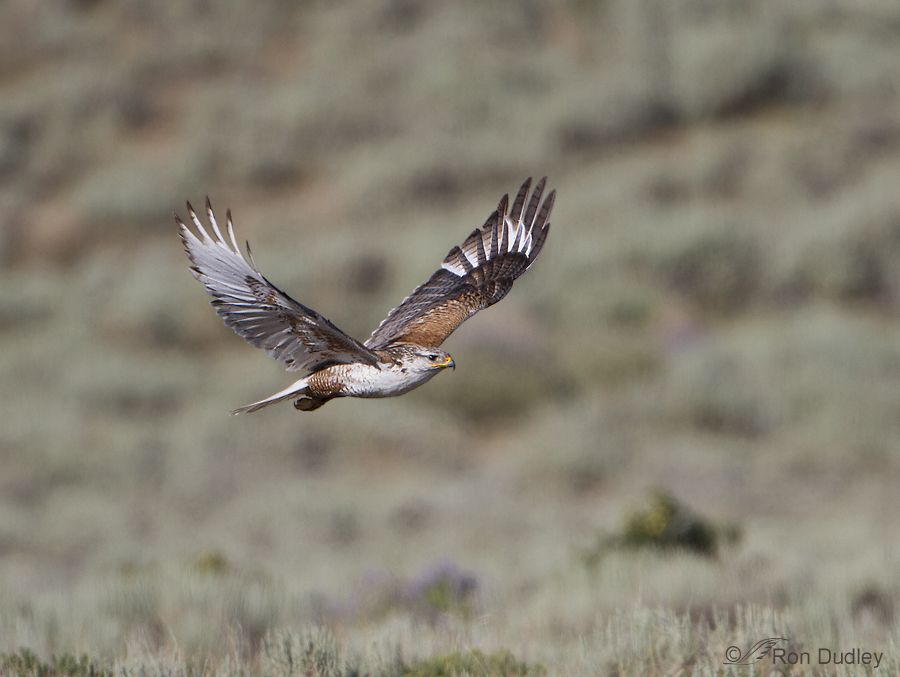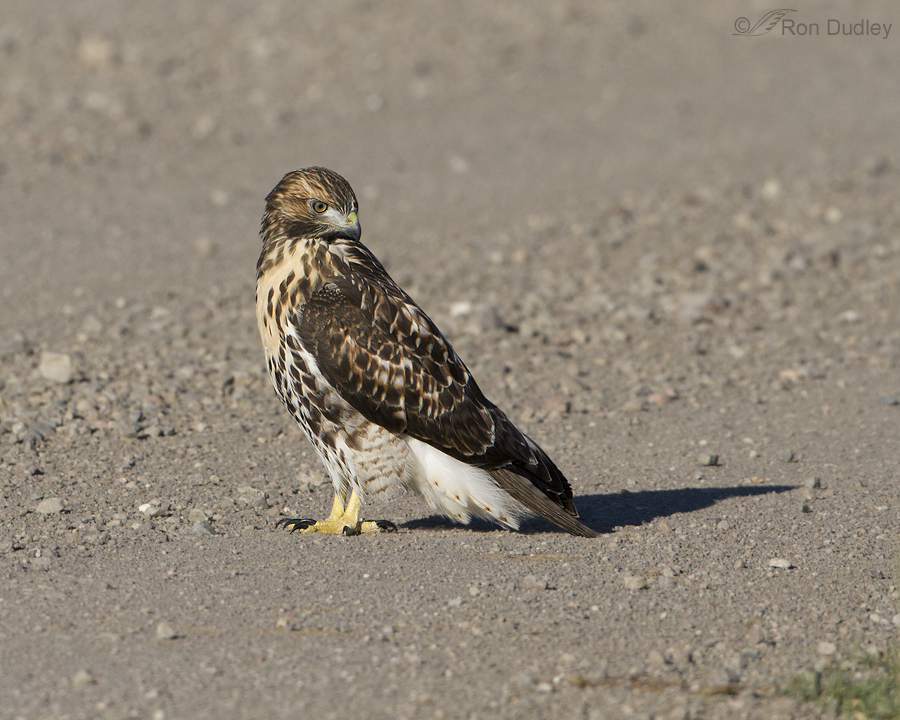Cliff Swallow In Flight
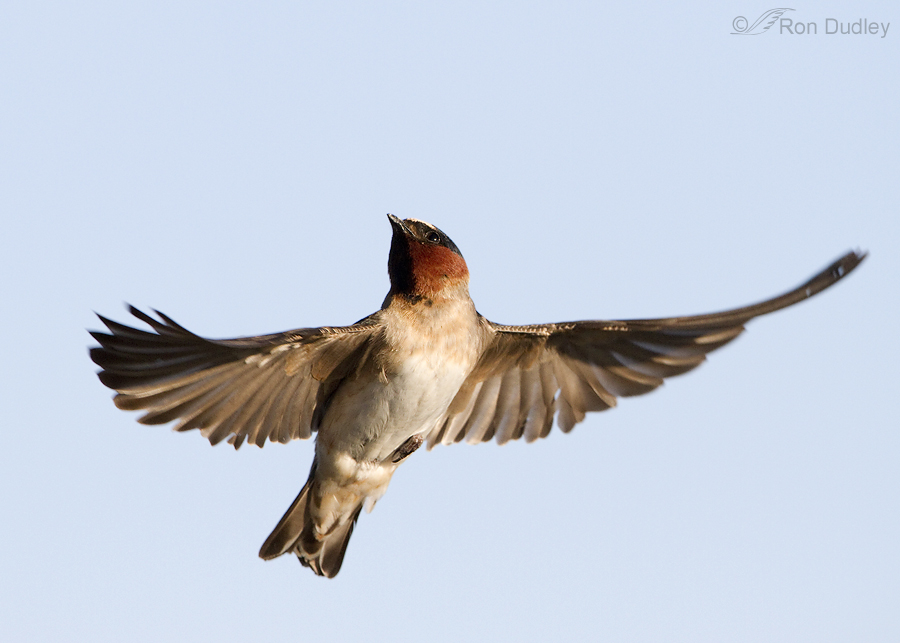
For years I tried to photograph swallows in flight, usually without much strategy – just shooting them wherever I might find them. That typically meant while they were freely flying overhead or buzzing the surface of a pond or stream as they picked off insects and it always meant failure on my part. They’re just too fast, too small and too maneuverable for my autofocus and reflexes.
Then one day I decided to change strategies…
Moose Of Skyline Drive
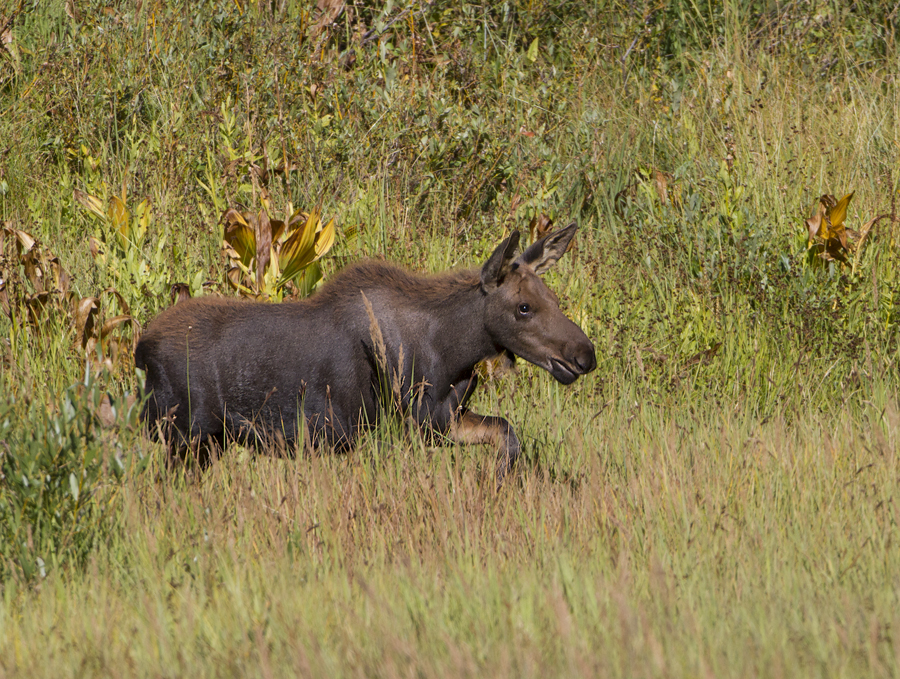
Last week we drove up to the top of Bountiful Peak in the Wasatch Mountains via Skyline Drive. The 25 mile (not including the side roads we took) loop road between Bountiful and Farmington is gravel, winding and narrow but the views of the valley below from elevations up to 9200 feet are spectacular and the wildlife and bird possibilities beckoned us. We mostly struck out with birds but had a great time with a momma moose and her calf at the edge of some ponds.
Red-tailed Hawk Gliding To Its Prey
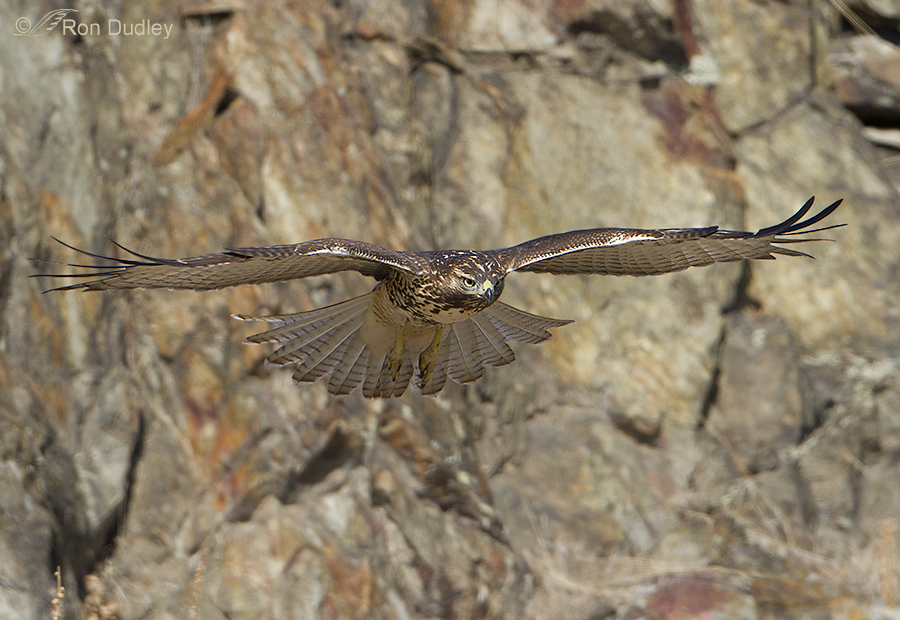
About a year ago I spent some time with this juvenile Red-tailed Hawk as it honed its hunting skills. It wasn’t yet a very good hunter but it sure tried hard. It typically perched on top of some rocky outcrops as it scanned the grassy slopes below for voles. Then it would swoop down and make its attempt, though it seldom caught anything that I was aware of. Learning to hunt isn’t easy and the price to pay for failure is a dear one.
Lark Sparrow – The Sparrow With The Harlequin Face
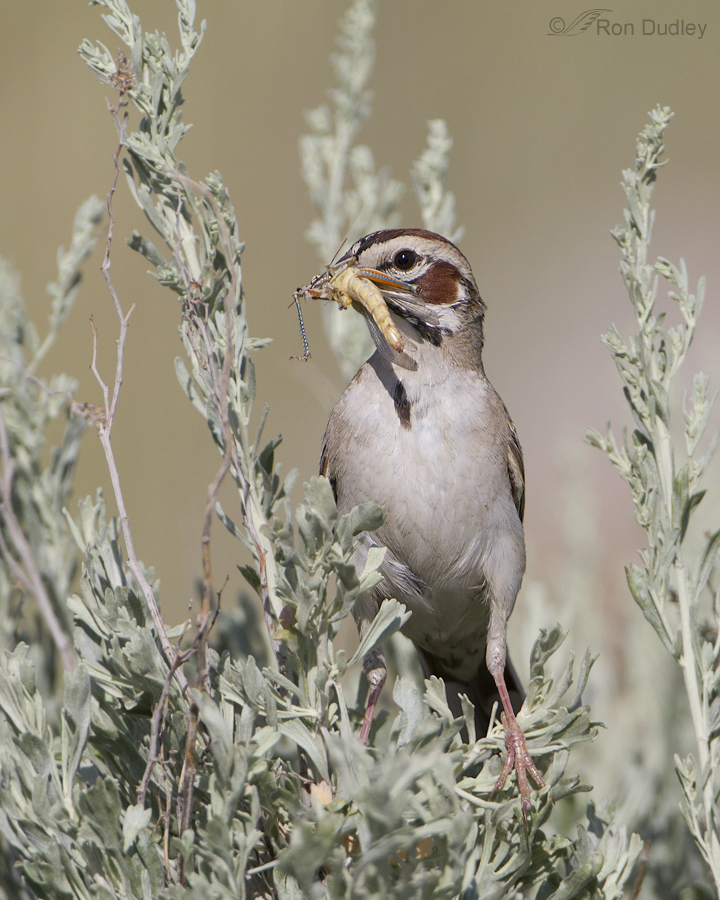
Lark Sparrows are among my favorite songbirds to photograph, largely because of their boldly patterned face and head. Those dramatic chestnut, black and white markings make it one of the easier sparrows to identify and give it that harlequin look. This species has declined precipitously in the East but its populations seem secure in the rest of the continent where they’re naturally found.
Owl Head-on Flight Shots Don’t Have To Be Baited
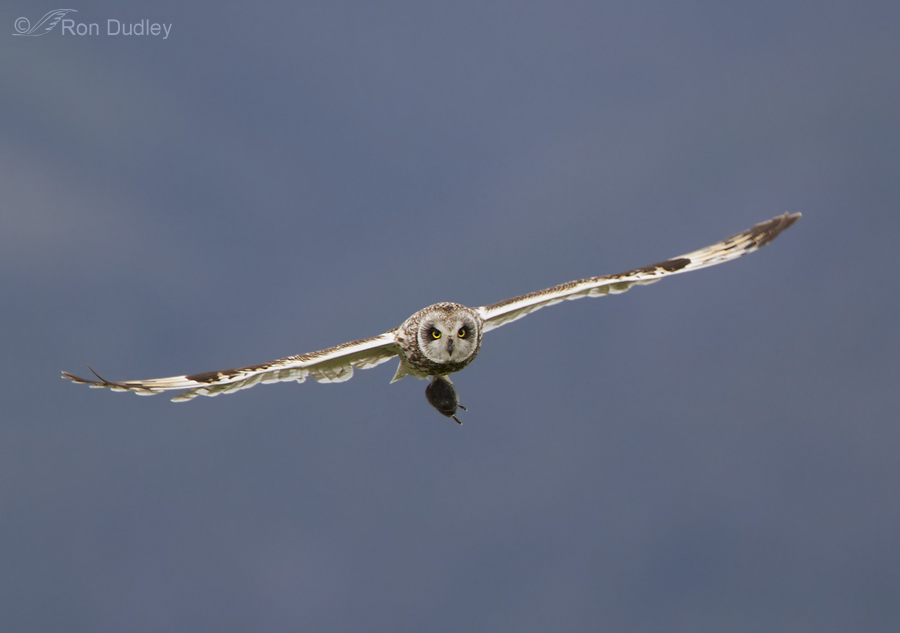
Head-on flight shots of owls have often been baited using live, store-bought mice. I’m of the opinion that baiting raptors is not only unethical (a debate I’d prefer to not get into here) but unnecessary for those kinds of images. However they typically require patience, intimate knowledge of the subject, a keen eye for interpreting behavior and even a little luck.
Some Interesting Coyote Behaviors
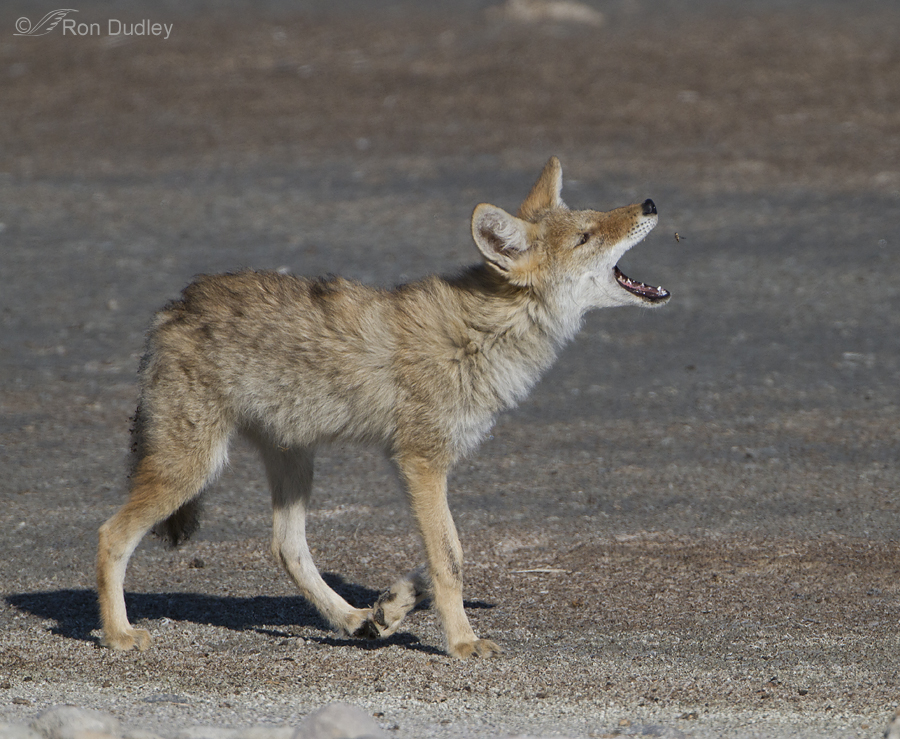
Late last week we encountered two coyotes walking east along the north side of the Antelope Island Causeway. One was a very light-colored adult and the other a slightly darker and smaller youngster. This summer has been a mighty survival struggle for the island’s coyotes – the vole populations crashed and the extreme heat and drought have taken their toll. These two actually seemed forlorn and destitute in both posture and demeanor as they walked the shore of the causeway. But they did show me several interesting behaviors that I was able to photograph.
What’s Happening To Our Kestrels?
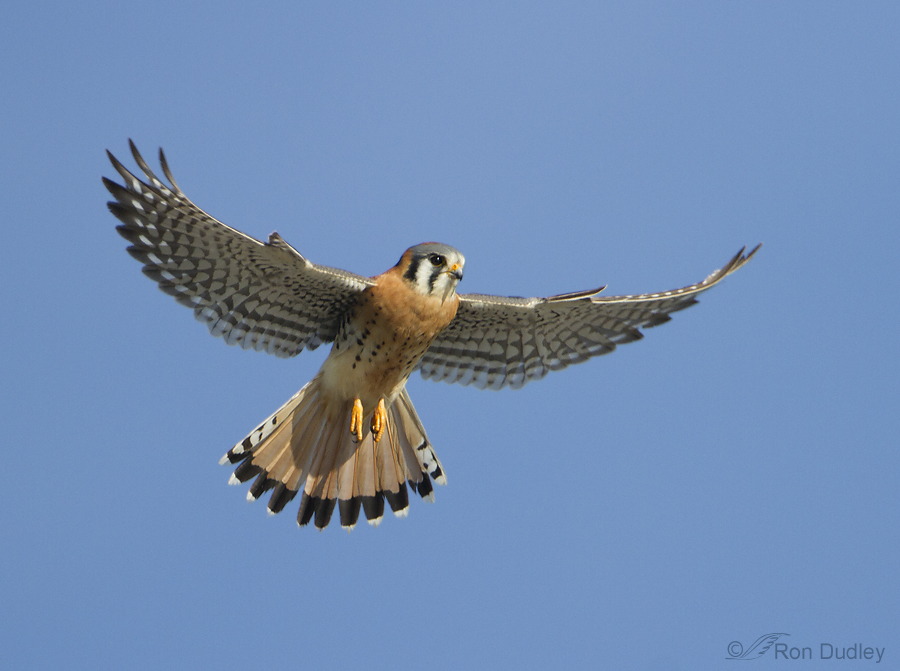
Recently I’ve been reading some disturbing reports about the decline of the American Kestrel in North America. And I’m talking about a drastic decline! I’ve speculated about just that in a previous post, based on my own recent observations in northern Utah but I’ve been hoping that what I’ve noticed is only a local and temporary phenomenon. Apparently it isn’t.
Young Ferruginous Hawk Siblings
My Third Day With The Antelope Island Hummingbirds
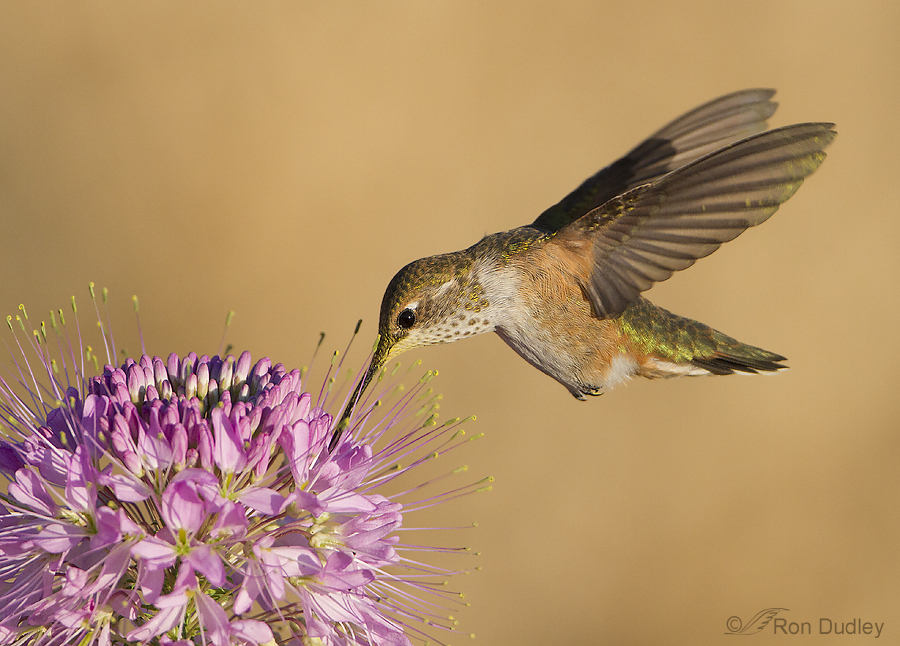
I spent three mornings with the Hummingbirds of Antelope Island last week. Each day the number of birds and amount of activity declined so I’m thinking some of them are already moving out. All but one of these images are from the third day.
Despite my lack of experience shooting hummingbirds I’m already developing preferences for settings and backgrounds when photographing them. My tastes are sometimes overwhelmed by all the flower color, especially when there’s so many flowers and they’re all the same color so I like as much variety as I can get in my backgrounds. Shades of pink have never been my favorite colors…







